United States Air Service
USAS HistorySummary 1917-1918 Lafayette Escadrille
N.124/Spa.124 1st Observation
1st, 12th, 50th, 88th 1st Pursuit Group
27th, 94th, 95th, 147th 1st Bombardment
96th, 11th, 20th 2nd Pursuit Group
13th, 22nd, 49th, 139th 3rd Pursuit Group
28th, 93rd, 103rd, 213th 4th Pursuit Group
17th, 148th, 25th, 141st 5th Pursuit Group
41st, 138th, 638th 3rd Air Park
255th. List of Aces
United States Naval Aviation
US Naval AviationUnited States Marine Corps Aviation
US Marine AviationAircraft
 Nieuport 28
Spad VII
Spad XIII
Fokker Dr.1
Albatros D.Va
Fokker D.VII
Nieuport 28
Spad VII
Spad XIII
Fokker Dr.1
Albatros D.Va
Fokker D.VII
Website: Atlanta SEO
E-mail us
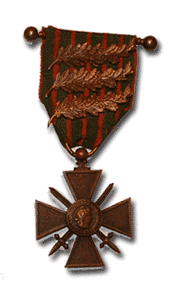
Related Links: Nieuport 17 | Nieuport 28 | Spad VII | Spad XIII | Spad XVI | Fokker D.VII and other German aircraft | Halberstadt CL.IV | Fokker Dr.1 | Albatros D.Va | Caudron G4 trainer | USN Curtiss N-9H trainer | USN Thomas Morse SC-4 | USN Hanriot HD-1 | USN Sopwith Camel | What was the first American fighter plane?
Fokker Dr.I, Fokker Dr.1
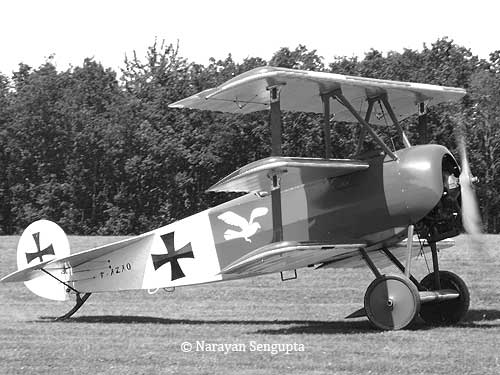
Fokker Dr.I (also known as Fokker Triplane)
While Manfred von Richthofen, often better known as the Red Baron, is forever associated with the Fokker Triplane, most of his victories came in Albatroses. There were various models of the Albatros culminating in the easy to handle D.Va.
The next great German plane would be the Fokker Dr.I – commonly referred to as the Fokker Triplane. It was inspired by the Sopwith Triplane whose stunning handling and climbing capabilities spurred the Germans on to try something similar. The result was the Fokker Dr.I - a three wing aircraft, hence the dreidecker (three deck) name and "Dr." nomenclature. The Dr.1 gives an overall impression of wings above all else. Even the lateral structural support between the two wheels had also been turned into a small wing surface giving the type a 3 1/2 wing look. The plane was built around a modest 110 horsepower Thulin-built Le Rhone rotary engine which was only good for 103 miles per hour and yet it because of its light weight and small size had a respectable 19,600 foot service ceiling. All three wings had the same chord, though they gracefully decreased in span the further down they went. Even the horizontal tail design was elegant and provided excellent lift. All in all it was an elegant design.
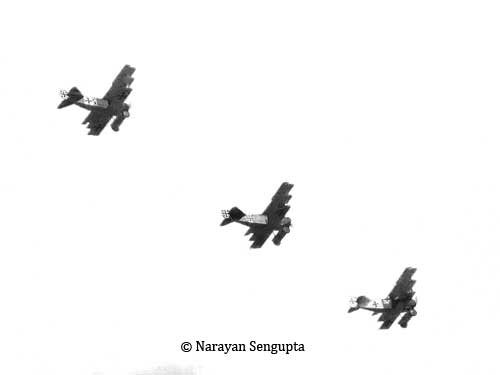
Fokker Dr.I/Fokker Triplane
The three wings made the fighter extremely nimble and twin Spandau machine guns made it hard hitting – better than the single machine gunned Allied fighters it was typically encountering. Unlike most rotary engined planes which could turn well in the direction of the torque generated by the propeller and engine, the Dr.1 could turn well in both directions. Allied pilots who survived dogfights with the Dr.1 learned quickly that to try to outturn one was an extremely dangerous mistake – something which Richthofen and other aces using it counted on.
All in all, it was a design that should have been superb. Indeed, for most people thinking about World War I aircraft, it is the Dr.1 that is remembered as the greatest airplane of the war. Unfortunately for both the great pilots who used it and the Fokker Company, the three wing design was hampered by design problems and poor construc-tion. In fact, the Dr.1 had a dramatic propensity to kill its drivers. Throughout its brief time at the front, there were structural failures and corresponding fatalities. As a result, it might be possible to say that more great German aces were brought down by the Dr.I than Allied ones.
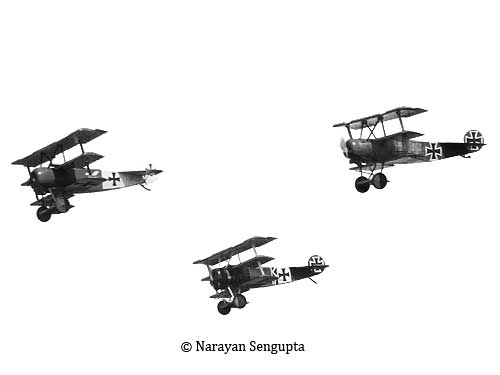
Fokker Dr.I/Fokker Triplane
The type was first allocated to Jagdstaffeln 1 – the Richthofen Circus – and reached the front lines August 21, 1917. It would ultimately equip 14 or 15 Jastas (fighter squadrons). Some of the other greatest German aces used Dr.Is, but not always to great positive effect.
On September 15, 1917, 33 victory commander of Jasta 11 Kurt Wolff was killed in his Dr.I. He went down in flames without scoring any victories with the triplane.
11 days later, the great ace Werner Voss also met his end in the type. He had scored at least 10 victories in the Dr.I and his last flight in it is legendary. He engaged seven British SE 5's from the RFC's elite No 56 squadron who would end the war with over 160 victories between them. He kept them at bay for some time, hitting all seven of them at least once. In the end, the British pilots won and knocked him out of the sky, but with that last flight, Werner Voss earned everlasting fame.
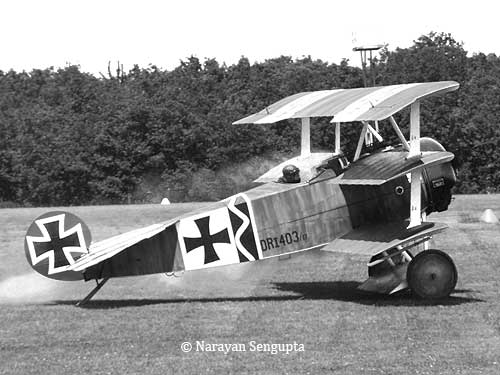
Fokker Dr.I/Fokker Triplane
39 victory ace Heinrich Gontermann was killed in his Dr.I on October 6, 1917. He failed to achieve any victories with the Dr.I and was killed after a structural failure in which the wings slowly gave away. Manfred von Richtho-fen crash-landed a Dr.I the same day after engine trouble. The next day a Jasta 11 pilot was killed after his Dr.I had a wing failure. Another Jasta 11 Dr.I was shot down by a friendly aircraft which mistook him for a Sopwith Triplane pilot.
On March 13, 1918, Lothar von Richthofen – Manfred's brother – suffered a wing failure caused by combat damage and crashed in his Dr.I, though luckily for him, he survived.
Richthofen marked the last 19 of his 80 kills in Dr.Is and then lost his life in one when he was shot down and killed on April 21, 1918.
In spite of its fearsome and well earned reputation in dogfights, the plane had structural and mechanical failures which frequently prevented its pilots from getting to the dogfights in the first place. Furthermore, the Allies had learned to dive on the Dr.I rather than get sucked into protracted dogfights with it, since the type was at its best in dogfights. The mechanical issues that plagued the type were never fully sorted out, and so production was ended in May, 1918 after merely 320 units had been built. The remaining aircraft were withdrawn from service during June and July, 1918, though one successful pilot, 44 victory Ace Josef Jacobs continued to fly his black Triplane until the end of the war. He was the most successful Dr.I pilot and had 30 of his victories in the type.
Whatever the weaknesses of the Dr.I, it was a great aircraft and one of the series of superior German fighters that helped the Germans end the war with only 27,637 aircraft lost (for all reasons including combat, accidents, etc.) compared to 35,973 for the British and an astounding 52,640 aircraft lost for the French.
In the end, however, triplanes, like biplanes a few decades later, proved to be an evolutionary dead end.
Related Links: Nieuport 17 | Nieuport 28 | Spad VII | Spad XIII | Spad XVI | Fokker D.VII and other German aircraft | Halberstadt CL.IV | Fokker Dr.1 | Albatros D.Va | Caudron G4 trainer | USN Curtiss N-9H trainer
| USN Thomas Morse SC-4 | USN Hanriot HD-1
| USN Sopwith Camel | What was the first American fighter plane?
Events/Airshows
 Events/Airshows
Events/Airshows
Pilots/Aviators
 Raoul Lufbery
Raoul LufberyAce of Aces Eddie Rickenbacker
26 victories Quentin Roosevelt
Son of President KIA Frank Luke
18 victories in 17 days Eugene Bullard
1st African Am. Pilot David Ingalls
1st US Navy Ace List of USAS Pilots
Find a Relative American WWI Pilots
Mini bios
USAS Research
 USAS Videos
Reading List
USAS Videos
Reading ListWWI US Aviation Related Links
WWI US Aviation Credits War Wings
by Phillip W. Stewart WWI Maps
Units & Airfields Payne Field
USAS Aerodromes now... USAS Archives
Questions? Need Help? American Expeditionary Forces
WWI Doughboys in France